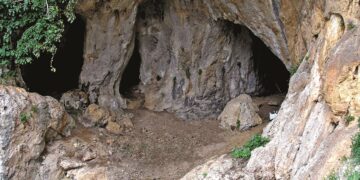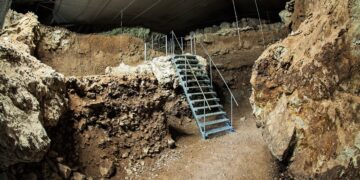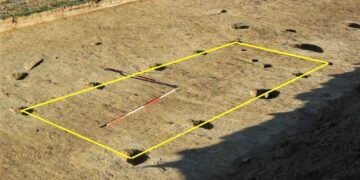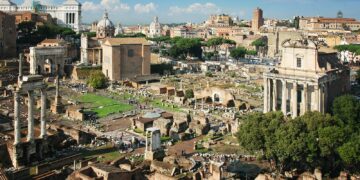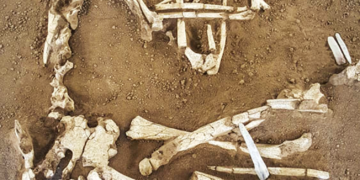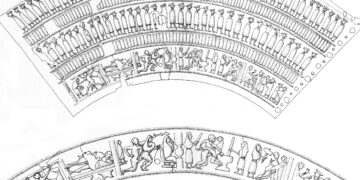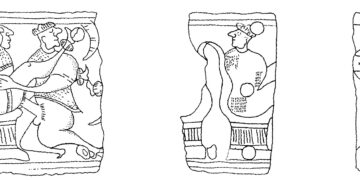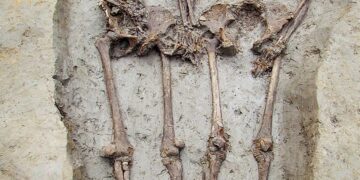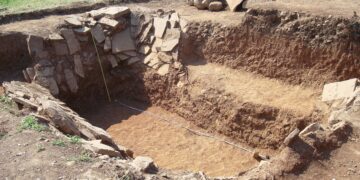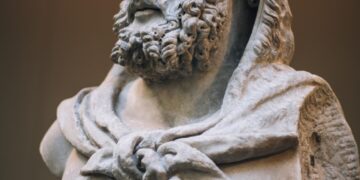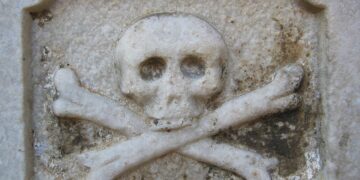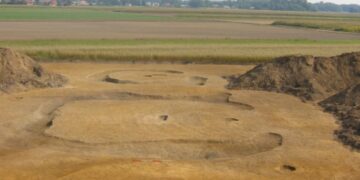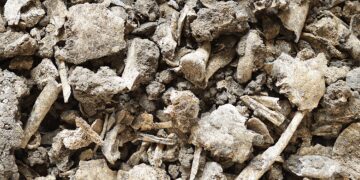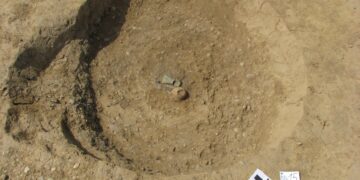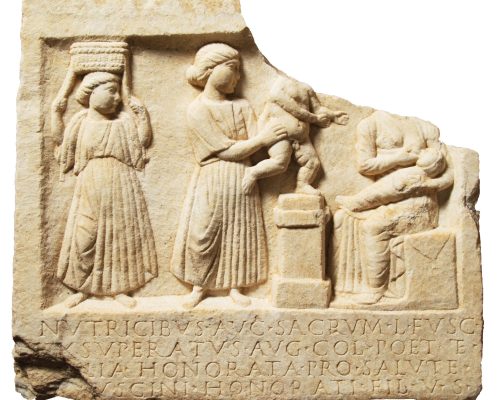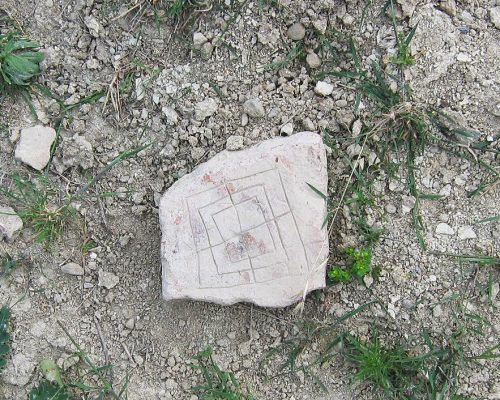Children were also made objects of admiration, particularly by being idealized (as “pure”) or sentimentalized (“sweet” and “funny”). This can be seen as a positive evaluation of children, but may equally well be reflecting the needs of adults to touch up the harsh realities of their own lives. They were also very often viewed as liminal beings. As not fully human they were seen as beings on the threshold of another world, who, in their purity, were able to mediate truths from the gods.
The strong underrepresentation of infants in the archaeological record cannot simply be explained by the condition and preservation of the archaeological material – it may point to the separate or special burial of the youngest, to infanticide and death due to exposure, even to sacrifice. Further modes of burial were evolving according to the age of the dead child and displayed considerable variation depending on the social status of the deceased and their families.

